Join us as we appreciate the writings of A. A. Milne and enjoy activities created to explore topics related to his most popular characters.
Each month around the author's birthday, we will be publishing an article featuring a children's author that our family enjoys. Although each article will vary somewhat, basic information about the author, our favorite works from the author, a geography activity, copywork page, and a themed activity will be included. These are not intended to be a full study of any author or topic. Rather these should be considered enjoyable, enriching activities that may spark further investigations.
During the month of January, we will focus on Alan A. Milne.
Although most remembered as a children's author, the London-born A.A. Milne (January 18, 1882 - January 31, 1956) received a mathematics degree from Trinity College in Cambridge. By 1906, Milne was working at the Punch, a newspaper in London, where he perfected his humorous poetry and whimsical storytelling. He did serve during World War I as a signaling officer and was discharged following an injury. Upon discharge, Milne focused his efforts on writing and published plays, novels, and poetry for his son, Christopher Robin. A.A. Milne enjoyed this most of all and compiled these works into novels that have been enjoyed for generations. 1
Enjoyable Works
The following are A. A. Milne's most treasured works. Each is written in a simplistic style with wit and humor infused throughout each tale. These work best as read-alouds, giving parents the ability to edit-on-the-fly; some tales contain mild joking that may not be deemed appropriate by all families.
Winnie the Pooh
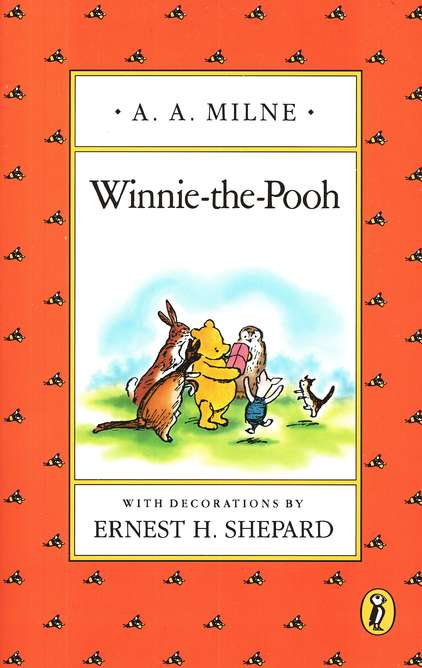
Now We Are Six
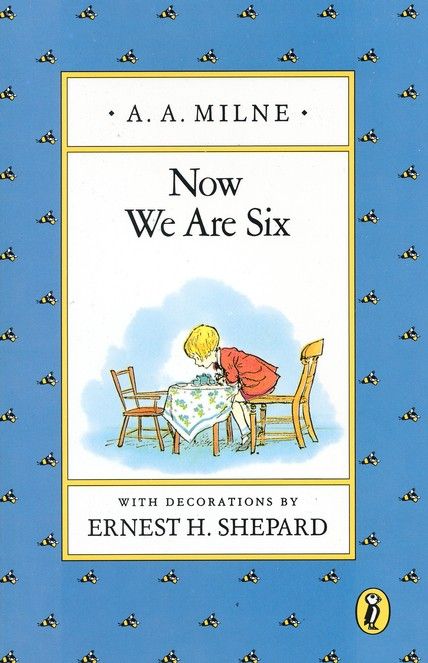
The House At Pooh Corner
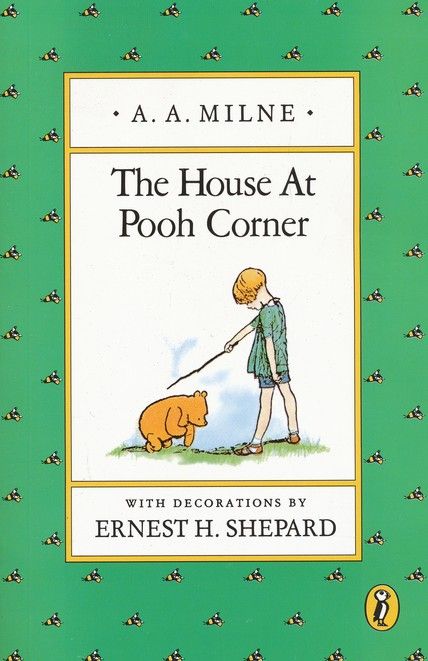
When We Were Very Young
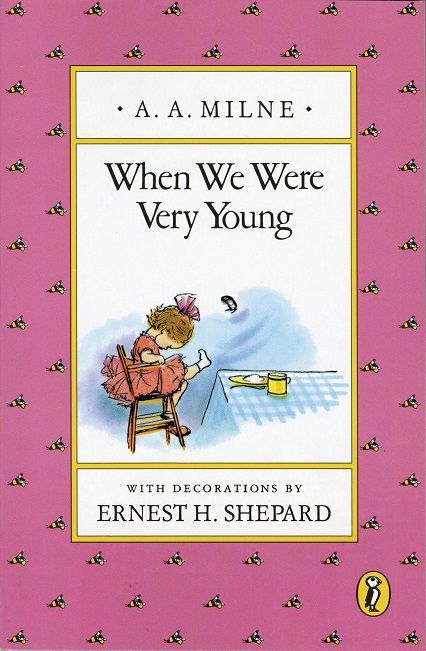
Geography
A. A. Milne spent his life in London, England. England, a part of the United Kingdom approximately the size of Alabama, is surrounded by the North Sea to the east, the Irish Sea to the west, the English Channel to the south, and Scotland to the north. Show your child where these locations are on a map, atlas, or globe.

Also, see if they can find Ashwood Forest, a forest between London and the English Channel to the south, the basis for the famous Hundred-Acre Wood pictured below.

Conduct a picture study of the map of the Hundred Acre Wood, encouraging your children to look for details, e.g., the different types of trees, the curve of the stream, the labeling of Christopher Robin's favorite places. After thinking about their favorite place (maybe their backyard or their bedroom), have them design a map of the space. This map can be as realistic or whimsical as your children wish. Maybe they include labels such as "the place where I read" or "my experiment area" or "my climbing tree." Encourage them to include various geographical features (hills, rivers, valleys, caves, lagoons, etc). Geography From A to Z: A Picture Glossary by Jack Knowlton is an excellent resource for introducing children to geographical features. Using watercolors to paint their map will make it feel as though it could be found among the pages of A. A. Milne's works.

Copywork
“A little consideration, a little thought for others, makes all the difference.”
-Eeyore
This copywork, created for middle elementary students, gives children the opportunity to practice handwriting and grammar skills. For younger children, select a phrase or individual words to practice.
Extensions
It pretty much goes without saying that extensions for learning about A. A. Milne would include bees and honey. Today we will study the parts of a bee, how a bee tells other bees about good food sources, and the honeycomb. We'll also create our own honeycomb and practice scissor skills. Finally, book recommendations to further study bees will be provided.
Bees are categorized as either solitary (living in the ground with each smaller group having its own hive) or social (large swarms of bees working together in one hive, making honey, and tending their queen). We'll focus on social bees for these activities.
Parts of a Bee
Because bees are insects, they have three main body parts: the head, the thorax, and abdomen. The head houses the pair of compound eyes, the antennae, and the mouth with a proboscis and mandible. The thorax, the mid-section, is responsible for ensuring mobility and support of the bee; all six legs and two pairs of wings are found on the thorax. Bees gather information about their surroundings using their antennae and the hair that covers their body. Some bees carry pollen in pollen baskets on their hind legs. 2

Communication
Bees communicate with those in their hive to share the location of food (nectar and pollen) through a sort of bee dance.
If a bee...
- moves in a circle, other bees know that the flower is nearby.
- displays wagging movements, other bees know that the flower is far away.
- moves straight, right or left, other bees will know the direction that the flower is in. 3
Your turn! Display bee communication cards and have your children select an object around your house. Then have your child use bee dance moves and see if the others watching can arrive at the correct object.
Construction
Social bees construct their own hives and hexagonal honeycombs. Children can read more about hives, honeycombs, and honey in The Life and Times of the Honeybee by Charles Micucci.
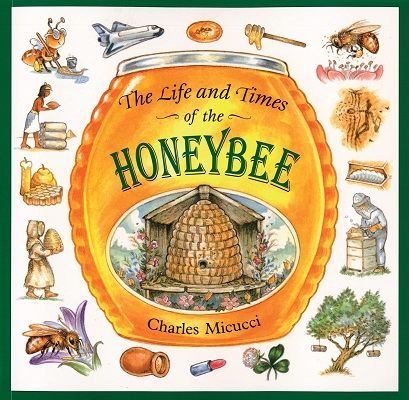
Supplies:
- paint (light brown or orange would work well)
- an empty paper towel (or toilet paper) roll
- scissors
- yellow construction paper
To explore the shape of a honeycomb, slice a thin strip from an empty paper towel roll, bend it slightly (to approximate a hexagon) and stamp the shape repeatedly onto yellow construction paper, making sure that one side of the new stamp is touching the previous stamps. Children could sketch bees or use their thumb (and add black stripes) to stamp a bee.
Flight Pattern
A bee's flight makes good scissor cutting practice. Various abilities are included in this activity.
Additional Resources
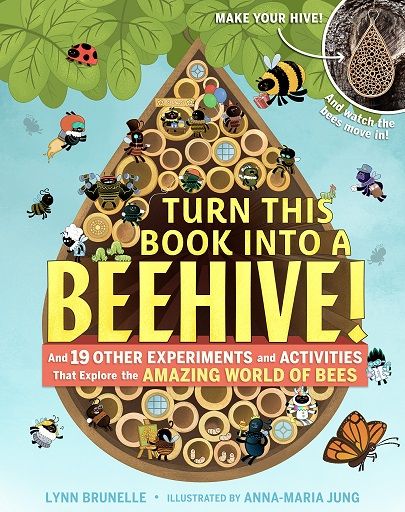

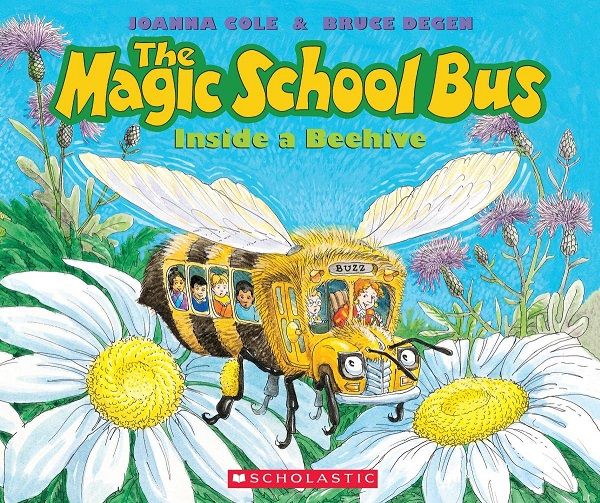
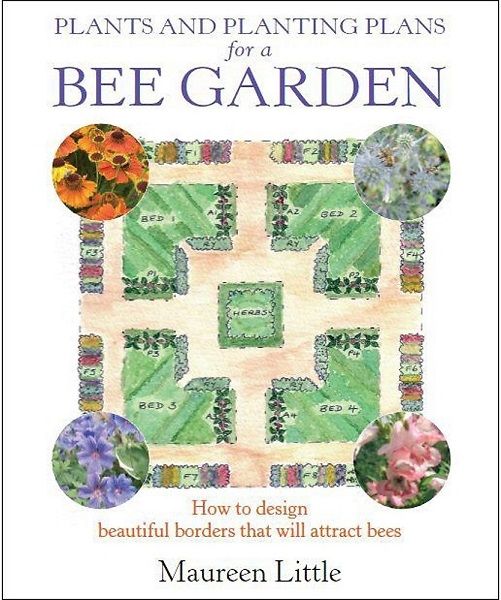

We hope that you and your family enjoy these books and activities. Check back for the next featured author and a sweet recipe involving snow.
Keep loving your blessings and pointing them to Jesus!
Footnotes
1.
A.A. Milne | British author | Britannica
2.
Bee Identification | Common Bee Types (beeswiki.com)
3.
Ibid.




Join the conversation